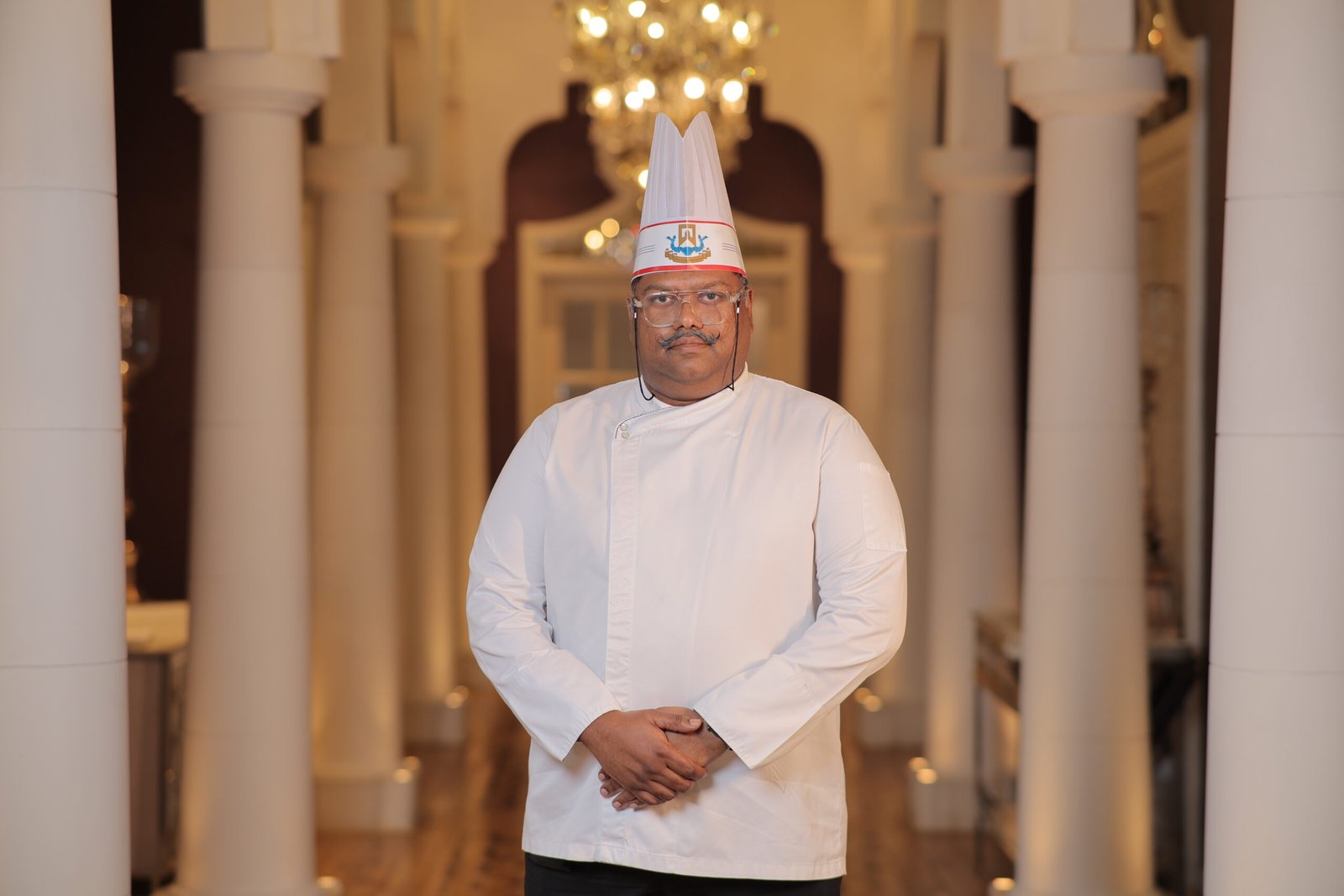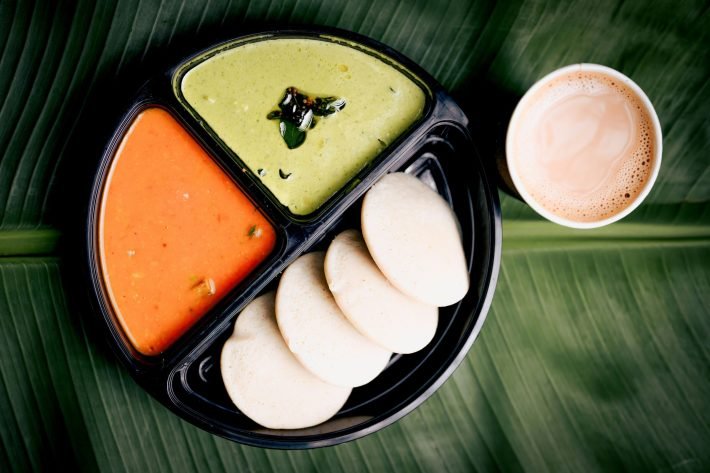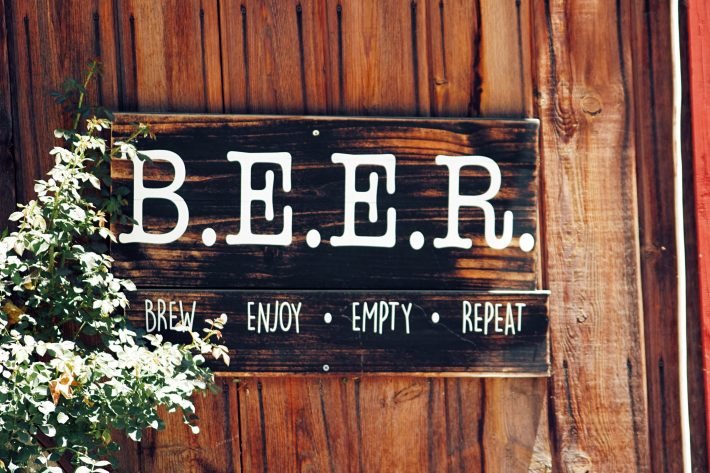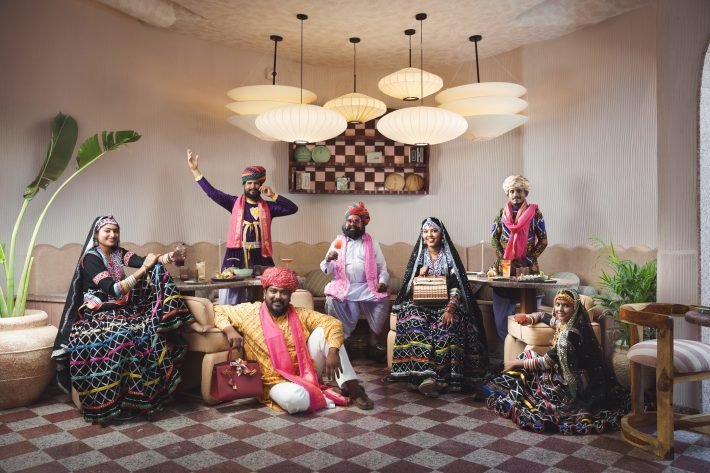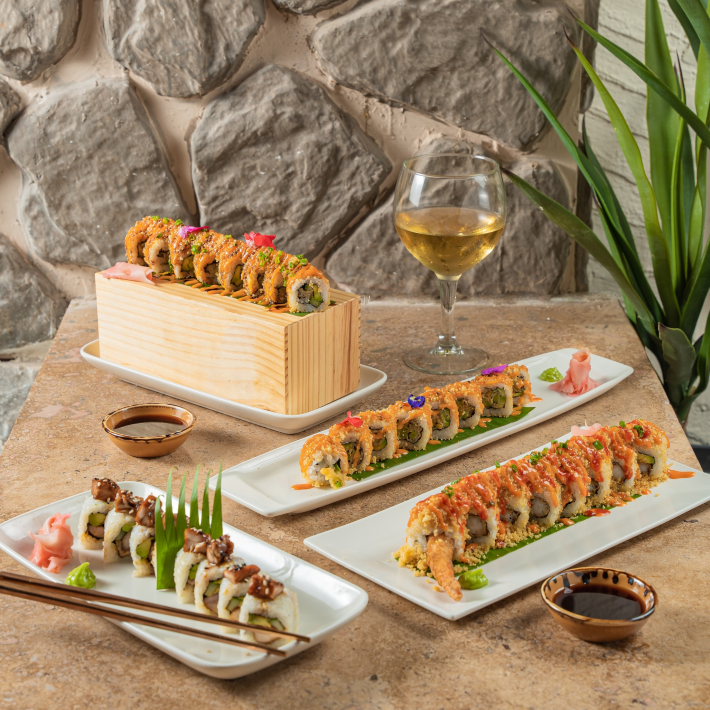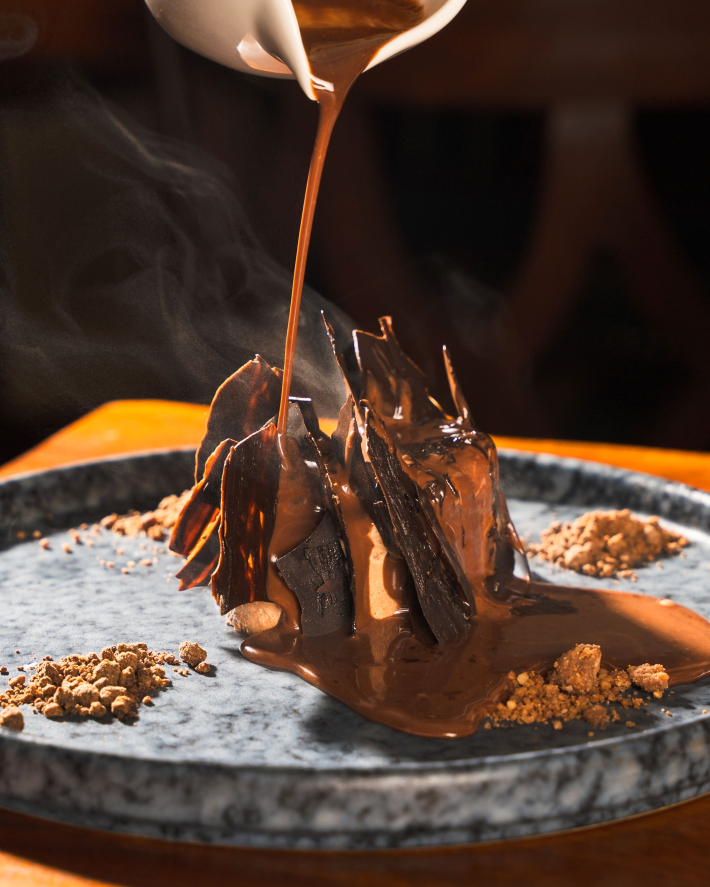Executive Chef Aamer Jamal, ITC Kohenur Dum Pukht Begum
At the confluence of timeless Hyderabadi tradition and thoughtful innovation stands Executive Chef Aamer Jamal, the culinary custodian behind ITC Kohenur’s Dum Pukht Begum’s, a restaurant that doesn’t just serve food, but serves stories, memories, and emotion on a plate.
With roots steeped in the regal slow-cooked traditions of Hyderabad and formal training from ITC’s elite Management Institute, Executive Chef Aamer has journeyed through India’s most iconic kitchens… from the bold richness of Kebabs & Kurries to the subtle refinement of Begum’s… elevating classic Indian cuisine with quiet grace and imaginative finesse.
What sets Executive Chef Aamer apart isn’t just his mastery of flavours, but his instinct to know when tradition should be preserved and when it can be gently reinvented. Whether it’s reimagining Haleem in a crisp rice paper shell or layering ghee and cardamom in ways that evoke nostalgia, his cuisine is always anchored in authenticity, emotion, and elegance.
To him, food isn’t just a profession, it’s a legacy. It’s a bridge from the past to the present, and a candlelit memory passed forward. As Executive Chef Aamer Jamal tells Sumita Chakraborty, Editor-in-chief, TheGlitz in this exclusive interview, his goal isn’t merely to create unforgettable meals, it’s to leave behind a culinary legacy that tastes like heritage and lingers like poetry.
Over To Executive Chef Aamer Jamal

Chef Aamer, you’ve journeyed from the roots of Hyderabadi cuisine to the helm of culinary innovation, how do you merge tradition with a modern, global palate?
Food is a reflection of the culture it comes from. In the past, our ancestors saw food as essential for survival. Today, we often eat for pleasure, and that shift presents both a challenge and an opportunity. My role—and that of others like me—is to serve as a bridge between tradition and today’s evolving tastes.
Modern diners are drawn to food that surprises them visually and conceptually, yet still connects to its roots. Take Haleem, for example: a dish rich in heritage and flavor. Imagine serving it not in a traditional bowl, but wrapped in a crisp rice paper shell—unexpected, yet deeply familiar. That’s where creativity meets respect for tradition.
To keep food traditions alive, we must adapt and innovate without losing its essence.

You’ve trained under ITC’s elite Management Institute and worked across iconic properties, what key leadership lesson transformed your role from chef to culinary visionary?
Consistency. In a world full of unpredictability, staying consistent—especially during tough times—is what truly makes a difference. When you stay true to your standards no matter the circumstances, you become someone others can rely on… that consistency becomes your strength and legacy.
Winning gold at AAHAR’s Food Quest and the Habibia Cup early on set a high bar, how did those achievements shape your standards, and what still challenges you today?
In the early years, I was driven by a desire to prove myself. As time passed, I realized the real goal is not just mastery, but passing on that knowledge. The challenge now is: how do we leave a meaningful legacy? What if we don’t? …That’s what keeps me pushing forward.
What are the 3 milestones that you achieved as a Chef at ITC Kohenur that you are extremely proud of.
It’s hard to choose, but one moment stands out—the opening of Dum Pukht Begum’s on June 20, 2018. That day will always be etched in my memory. It was the beginning of something special.
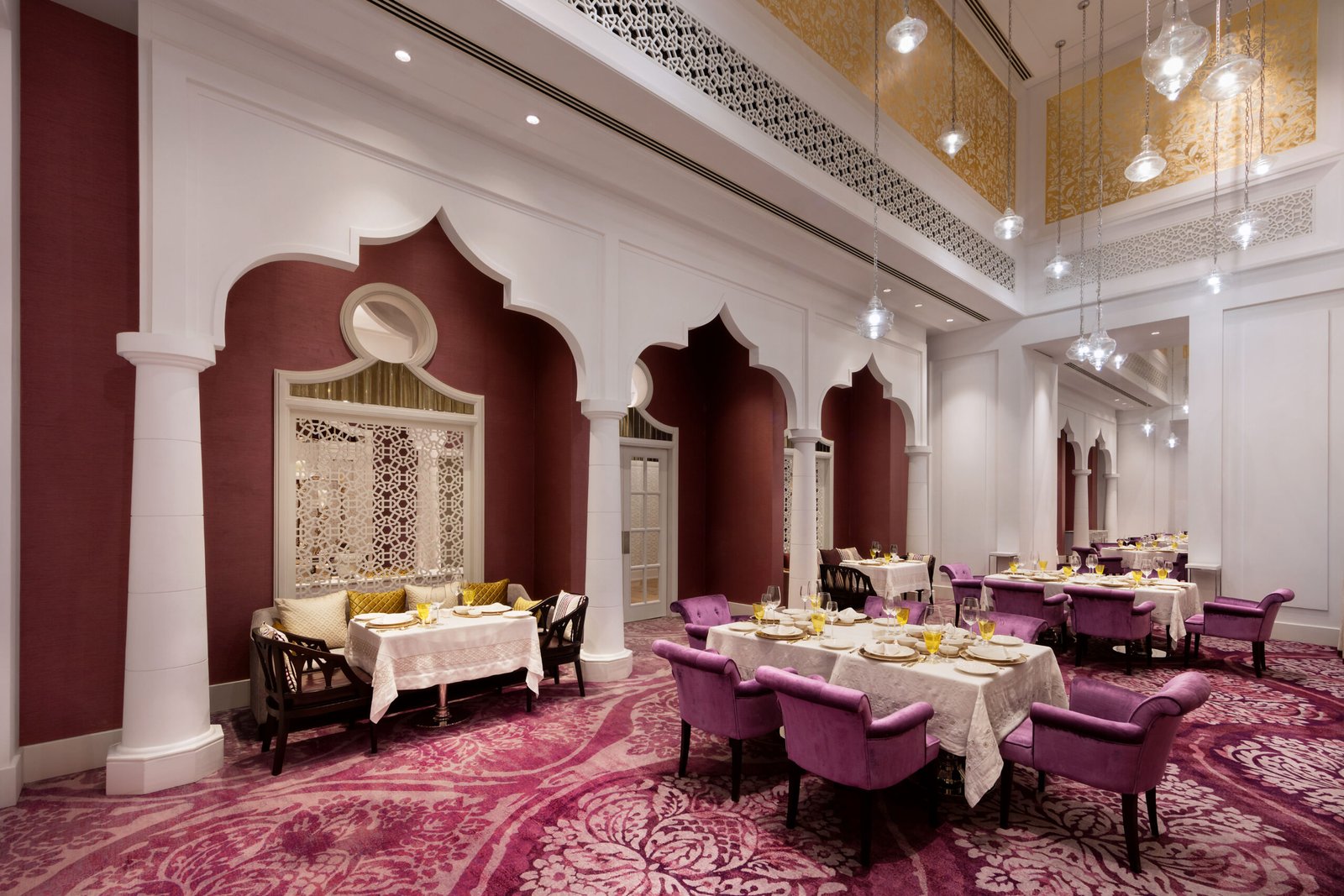
“The K&K” is a beloved icon, and now with “Begum’s”, you’re again at the culinary forefront, what sets this new venture apart in terms of philosophy and execution?
Kebabs & Kurries celebrates bold, earthy flavors. Dum Pukht Begum’s is more refined—it brings back the grace and leisure of an earlier time. It’s about elegance, subtlety, and enjoying food slowly, the way it used to be.
Food in Hyderabad is steeped in nostalgia, pride, and identity. How do you innovate reimagining lost dishes for modern diners?
Innovation and reimagining require balance. You need to know when to stop changing a dish, when it’s reached its highest potential. …That balance comes from instinct—trusting your senses and experience.
Having briefly stepped away to the serene backwaters of Kerala, how did that cultural contrast influence your cooking style and your return to Hyderabad’s bold flavors?
Cooking is instinctive. Being in Kerala offered a new perspective—peaceful, gentle, yet deeply rooted in flavor. That contrast helped me grow. It didn’t replace what I knew, but added depth. Every experience becomes part of you, layered like a palimpsest.
How do you ensure authenticity while adapting these ancestral dishes for contemporary luxury dining?
Authenticity isn’t just about using the right ingredients—though that’s important. True authenticity comes from care. It’s about going that extra step: cooking a bit longer, seasoning just right, pouring your intent into the dish. …That’s what gives food its soul.
Your story reads like a tribute to Hyderabad’s culinary soul. What legacy do you hope to propagate, not just as a chef, but as a custodian of culture through cuisine?
I consider myself a simple man. But if future generations remember the candlelit ambience, the fragrance of ghee and cardamom, and the essence of an era we were lucky to glimpse, then I will have done my part. I want these memories to live on—not just as recipes, but as stories.
